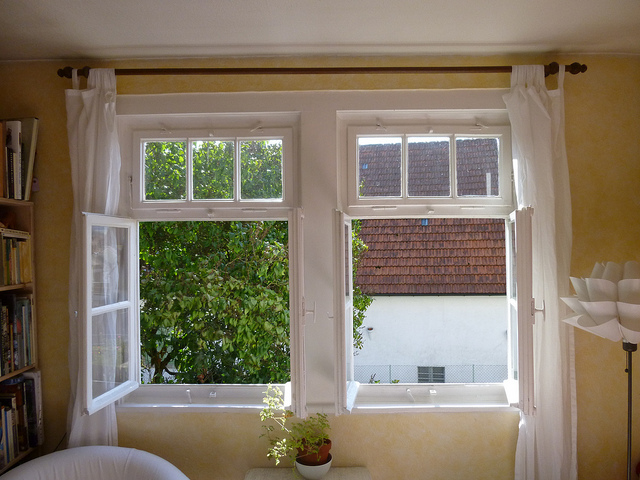
Breathe Easy: Spring Airing for a Refreshed Homestead
The heavy stillness of winter finally begins to lift, replaced by the eager anticipation of spring. We yearn to shed the layers, not just of clothing, but also the stale, recycled air that has filled our homes for months. The moment we swing open those first windows is a sensory symphony: the chorus of birdsong, the earthy aroma of damp soil, and the golden touch of sunlight flooding our living spaces. Spring airing is more than just opening windows; it’s a ritual of renewal for your home and spirit, embracing the slow-living philosophy.
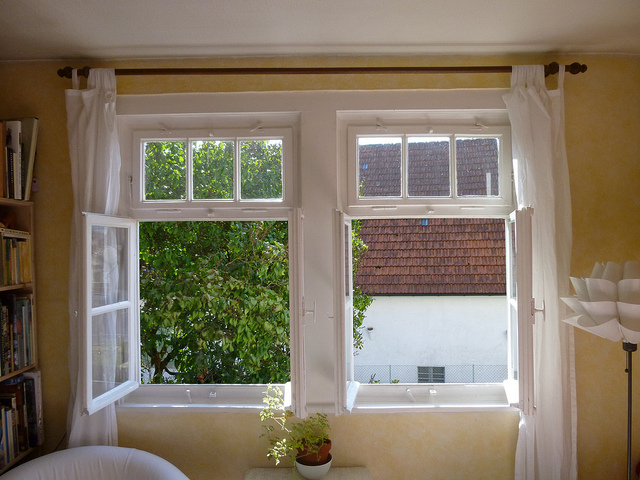
A bottle of homemade Lavender Eucalyptus Linen Refresher sits on a rustic wooden surface, symbolizing the natural approach to spring cleaning on a homestead.
Strategic Window Placement for Natural Home Ventilation
Effective spring airing for your homestead relies on strategic window placement to maximize cross-ventilation and improve spring home air quality. The goal is to create a natural airflow that sweeps out stale air and brings in fresh breezes, minimizing the need for energy-consuming air conditioning. This is key for sustainable home ventilation.
Start by considering the prevailing winds in your area. A simple rule of thumb is to open windows on the east side of your house in the morning and the west side in the afternoon to capture the natural breezes. This ensures a constant flow of fresh air throughout the day. If your home has multiple stories, utilize upstairs windows to exhaust rising hot air. Warm air naturally rises, so opening high windows allows it to escape, creating a cooling effect throughout the house.
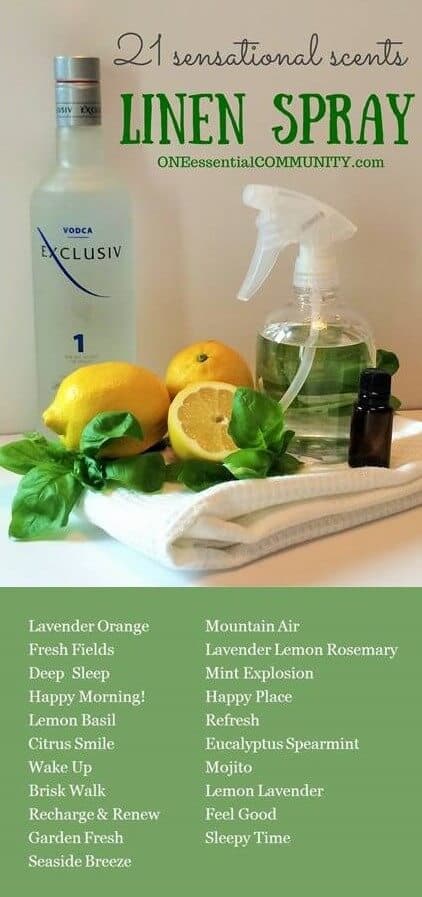
A sun-drenched living room showcases strategically placed double-hung windows, open to facilitate cross-ventilation, while sheer white curtains billow gently in the breeze.
Experiment with different window combinations to find what works best for your specific home layout. Consider partially opening windows on the windward side of the house (the side facing the wind) and fully opening windows on the leeward side (the side sheltered from the wind). This creates a pressure difference that encourages airflow. Remember to monitor pollen levels if you have allergies!
DIY Lavender Eucalyptus Linen Spray for Natural Home Deodorizing
Bring the fresh scents of spring indoors with a homemade linen spray. This DIY project is simple, sustainable, and allows you to control the ingredients, avoiding harsh chemicals found in commercial air fresheners. It's a fantastic non-toxic home air freshener that contributes to a refreshed homestead naturally.
Ingredients:
- 2 cups distilled water
- 2 tablespoons witch hazel
- 15 drops lavender essential oil (Lavandula angustifolia)
- 10 drops eucalyptus essential oil (Eucalyptus globulus)
Instructions:
- Combine all ingredients in a clean, dark glass spray bottle.
- Shake well before each use.
- Lightly mist linens, curtains, and upholstery.
- Store in a cool, dark place.
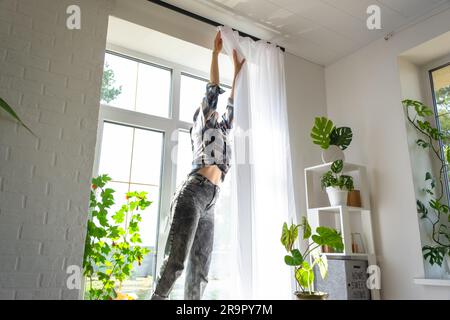
Essential ingredients for a DIY linen spray are pictured: distilled water, witch hazel, lavender essential oil, and eucalyptus essential oil.
Lavandula angustifolia is chosen for its calming and relaxing properties, perfect for creating a peaceful atmosphere in bedrooms and living spaces. Eucalyptus globulus offers cleansing and invigorating benefits, helping to clear the air and refresh the senses. The witch hazel acts as a natural emulsifier, helping the essential oils disperse evenly in the water. The amber-colored liquid gently perfumes your home, creating a subtle and inviting aroma.
Low-Impact Curtain Cleaning for a Spring Home Air Quality Boost
Curtains can trap dust, allergens, and odors over the winter months, negatively impacting spring home air quality. Instead of relying on harsh chemicals or excessive washing, opt for low-impact cleaning methods that are gentle on your fabrics and the environment. This supports sustainable curtain cleaning without chemicals.
Spot Cleaning:
For small stains, mix 1 teaspoon of castile soap (Dr. Bronner's Lavender is an excellent choice) with 1 cup of water. Gently dab the stain with a clean cloth, working from the outside in to prevent spreading. Blot with a dry cloth to remove excess moisture. Always test the solution on an inconspicuous area first to ensure it doesn't discolor the fabric.
Sun-Drying:
Hang your curtains outside on a clothesline on a sunny, breezy day. The sunlight acts as a natural disinfectant, killing bacteria and freshening the fabric. The gentle breeze helps to remove lingering odors and leaves your curtains smelling clean and revitalized. It's the best time to air out house in Spring, and curtains.
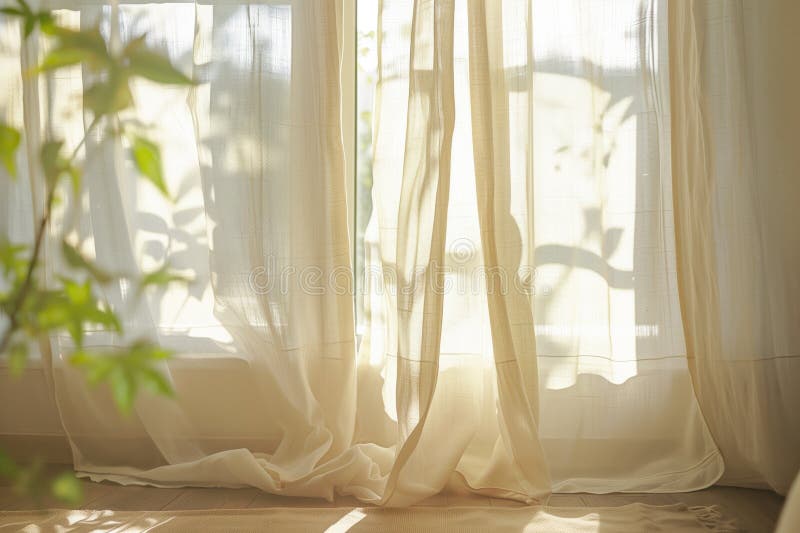
Light linen curtains gently billow on a clothesline outside, basking in dappled sunlight, showcasing a natural and sustainable cleaning method.
Vacuuming:
Use an upholstery attachment on your vacuum cleaner to remove dust and allergens from your curtains weekly. This simple step can significantly improve indoor air quality and prevent dust buildup.
Embrace Vintage Cooling: Refurbished Oscillating Fans for Energy Efficiency
Instead of relying solely on modern plastic fans, consider embracing vintage cooling with refurbished oscillating fans. These vintage appliances not only add a touch of character to your home but can also be surprisingly energy-efficient. Plus, you can find helpful vintage fan refurbishment guide.
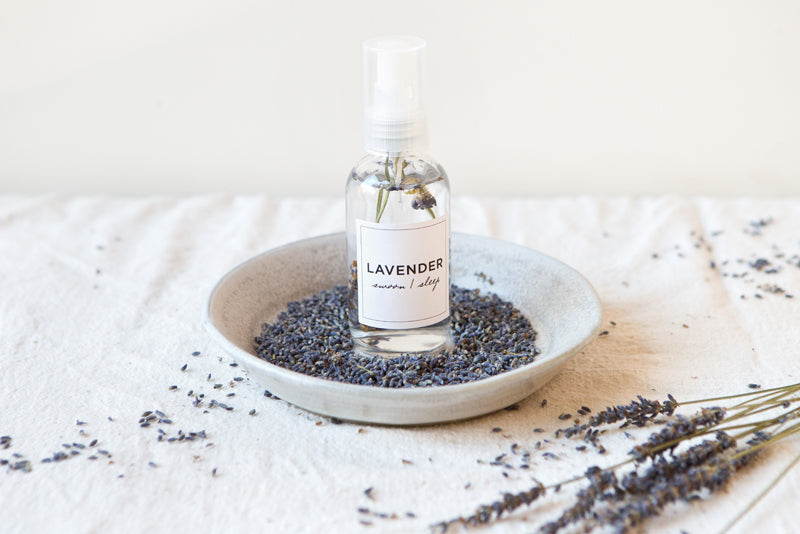
A refurbished vintage oscillating fan with a green enamel finish and brass accents, highlighting its aesthetic appeal and sustainable reuse.
A well-maintained vintage fan can often consume less energy than a new model, especially when compared to air conditioning. The gentle whirring sound and the soft breeze they create offer a comforting and nostalgic alternative to the harsh blasts of modern air conditioners. Before using, it's essential to safely refurbish vintage fans, especially focusing on electrical components.
You can often find vintage fans at antique stores, flea markets, or online marketplaces. Restoring a vintage fan can be a rewarding DIY project, allowing you to breathe new life into a piece of history while reducing your environmental impact.
Conclusion
Natural spring airing for your homestead is more than just a chore; it’s a conscious choice to connect with nature, improve your indoor air quality, and embrace a slower, more sustainable way of living. By strategically opening your windows, creating natural air fresheners, cleaning your curtains with gentle methods, and utilizing vintage cooling solutions, you can transform your home into a haven of fresh air and revitalizing energy. Open your windows, breathe deep, and embrace the revitalizing energy of spring!